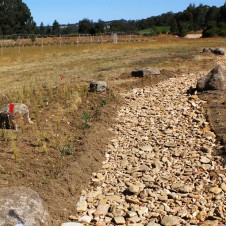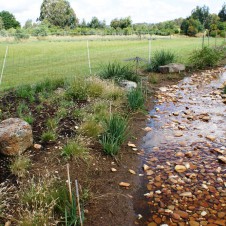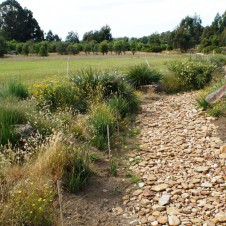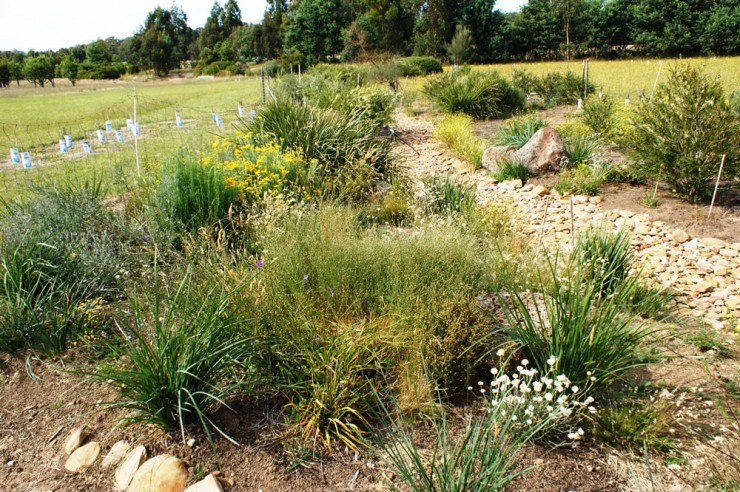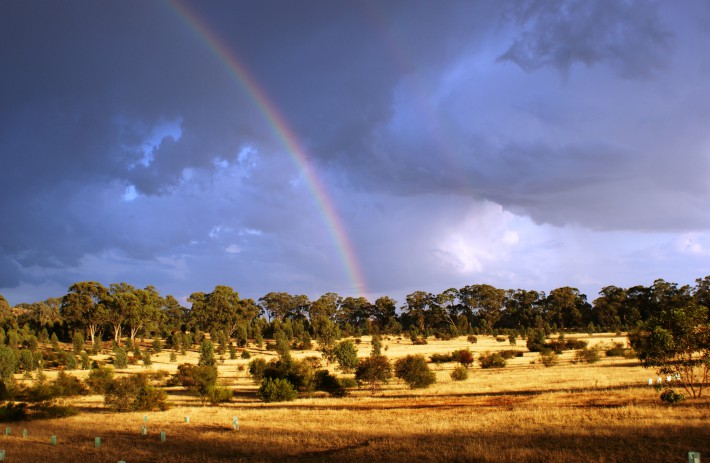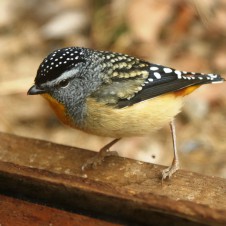We sell seed to the Melbourne and Central Victorian area that is not collected from remnant populations of indigenous plants. Our seed is different from that available from some other sources as we have set up our own Seed Production Area (SPA). We sell seed for a range of Victorian plants, from native grasses to large trees. For more information about the diversity of seed produced by our SPA, and the steps we have taken to make the seed as genetically diverse as possible, please go to the About page.
We store all our seed at a low temperature in a fridge used only for this purpose and we have a policy of not keeping seed for long periods of time. Our plan is to sell most seed each year and collect fresh seed every year. The exception to this is hard coated seeds such as wattle seed which last with high viability for many years. We have collected seed on our property from over 80 species in the past and now have a possible 75 species for sale. For the list of seed currently for sale go to our Catalogue page, and for a more detailed list of these combined with species we hope to have for sale in the future, go to the About page. The catalogue page has species that are available at any given time. In most cases as the seed is sold it will not be replaced until after the following summer as this is the main seed collection time.
If there is a species that you are particularly keen to grow please send us an email telling us the quantity you would like and we can do our best to channel our seed collection efforts to the species most requested.
If you are interested in growing plants from seed but are not experienced in the skills required we are selling copies of Growing Native Plants from Seed by Murray Ralph for the reduced price of $25.
Libby and Steve
How native plants can transform your property (click images to view larger):
